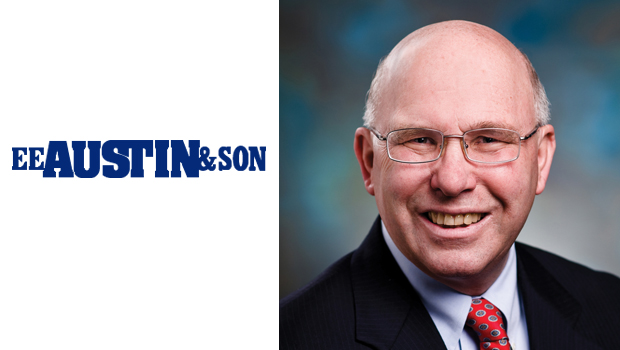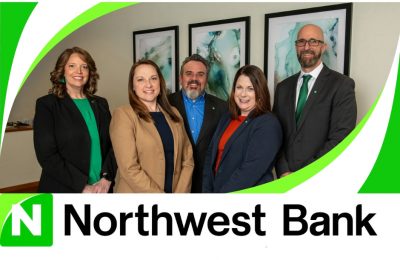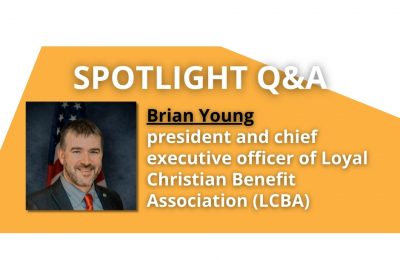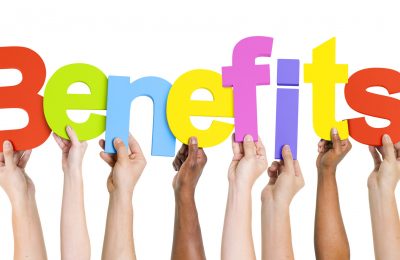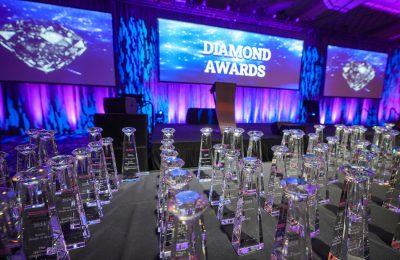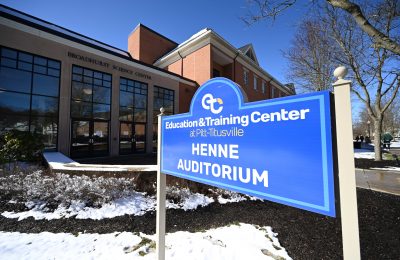Sustainable or “green building” design and construction is the opportunity to use resources more efficiently while creating more energy efficient building sites. To learn more about these practices, the Business Magazine recently spoke with Cle Austin, president of E.E. Austin & Son, Inc., which has been providing quality construction services to northwest Pennsylvania and the southern tier of New York for more than 100 years.
What are the trends in the construction industry regarding “green” construction/alternative energy?
Building owners and designers are incorporating energy saving and environmentally friendly features into at least 50 percent of the projects we work on. Some everyday examples include use of more efficient HVAC (heating, ventilation and air-conditioning) systems, LED (light-emitting diode) and compact fluorescent lighting, and low VOC (volatile organic compound) paints and adhesives. More exotic items are geothermal heating and cooling systems, solar panels and water reclamation systems.
Please provide some examples of what these practices include — construction materials, energy sources.
In addition to the ones noted above, more specific examples are FSC-certified (Forest Stewardship Council) wood, which is no different than other wood but is tracked from forest to finished product with a chain-of-custody that ensures it was harvested from a sustainable source. Natural daylighting and ventilation are other examples of green practices. On the jobsite, we are regularly separating waste into items that can be recycled versus sending everything to the landfill.
What are the short-term and long-term benefits?
Short-term benefits are reduced waste and reduced carbon emissions since the process requires use of materials from within a specified radius of the jobsite. Long-term benefits are clearly less carbon emissions, improved operating life of equipment, lower utility bills, and a general improvement in the environment.
How common are these practices in northwest Pennsylvania?
I would say the use of higher efficiency HVAC and electrical systems is very common, especially the LED and compact fluorescent lighting. In fact, there are tax credits and other incentives for use of these new products. Other items like solar and geothermal are not so common.
What recent examples of these projects come to mind?
Governments, K-12 schools and higher education facilities are the biggest users of green construction. Some examples of certified green buildings in Erie include the U.S. Border Patrol Building, Erie Art Museum, Wilson Middle School in Millcreek Township and the Erie Insurance Education Building currently under construction near its corporate headquarters downtown, among others.
What is the best way for our members to learn more about whether “green” construction/alternative energy resources are right for them and their businesses?
The leading organization on green construction is the U.S. Green Building Council. They set the criteria for LEED certification. LEED stands for Leadership in Energy and Environmental Design. They system outline various aspects of green building and how to achieve an energy efficient building. Many local architects, engineers and contractors have LEED certified professionals on staff, including two with our company.
To learn more about the U.S. Green Building Council, visit www.usgbc.org.
For more information about E.E. Austin & Son, Inc., visit www.eeaustin.com.


